Year XNUMX artillery
And I thought: I'll treat a friend!
Wait, my brother!
What's there to cunning, perhaps to battle;
We will go to break the wall,
We will stand head and shoulders
For your homeland! "
M. Yu. Lermontov. Borodino
Balls of cast iron everywhere
Between them they jump,
The ashes are digging and hissing in the blood.
A.S. Pushkin. Poltava
Weapon 1812 year. The artillery of the Russian imperial army in the years preceding the "thunderstorm of the twelfth year", managed to show itself from the best side. Thanks to her actions, many battles were won, the same Seven Years War, it was actively used by Suvorov, and in the wars with Napoleon, she showed herself as a completely modern branch of the army. Moreover, its next transformation took place back in 1802, when, thanks to Minister Arakcheev, a weapon system was developed, which received his name, or "the system of 1805". According to this system, a 12-pounder gun had to have a caliber of 120 mm, a barrel - weight of 800 kg, carriage - 640 kg; the caliber of the 6-pounder gun was 95 mm, the weight of the barrel was 350 kg, and the carriage was 395 kg. The caliber of a 1/2-pound unicorn was supposed to be 152 mm with a barrel weight of 490 kg and a gun carriage of 670 kg, and a caliber of a 1/4-pound unicorn was 120 mm with a barrel weight of 335 kg and a gun carriage of 395 kg. In the same 1802, a sight was introduced in the artillery, albeit removable, with a range scale that had divisions from 5 to 30 lines (with a distance between divisions of 2,54 mm). They aimed with it through a hole in a rectangular plate, which, depending on the distance of the target, was set at one of the divisions. Changing the elevation angle of the barrel, the gunner (4th gun crew number) combined the hole on the bar, front sight and target on the line of sight, and, pointing the gun, gave the command to fire, and the sight plate lowered before the shot.
Arakcheev watched by the hour that no more than 30 seconds passed from setting the gun in position, uncovering the barrel and until the shot itself. That is, the not tired gun crew demonstrated a very high rate of fire in those years!
The guns, despite all their seeming simplicity, were protected. In the stowed position, for example, to prevent dirt from getting into the trunks, they were closed with special wooden plugs. The ignition holes were also closed. For this, lead plates with leather belts were used.
Of great importance in the artillery of the Russian imperial army were "unicorns" - guns with a conical charging chamber, which got their name from the unicorn depicted on the coat of arms of their creator, General Feldseichmeister Shuvalov. The coat of arms adorned its breech, and, although they stopped decorating the trunks from 1805, this name was preserved for this type of weapon. Unicorns were good in that they combined the properties of cannons and howitzers and could fire both cannonballs and grenades and buckshot. This was allowed by the shorter barrel bore and the conical loading chamber compared to conventional guns. The barrel turned out to be of less mass, and this made it possible to reduce the mass of the carriage and achieve greater maneuverability on the battlefield. True, Russian weapons had wooden axles (iron ones appeared in 1845), which is why they often broke and had to be constantly lubricated. Therefore, each gun was given a bucket of grease and a second bucket for water (with vinegar) - moisten the bannik before cleaning the barrel after a shot, as there could be burning pieces of the cap that could cause the next charge to ignite. Horizontal aiming was carried out by the rules (right and left) - levers inserted into special sockets on the rear cushion of the carriage. Vertical aiming was carried out with a wedge handle. The sight was removed before the shot, which was not very convenient.
1/2-pound unicorn shot at 2300 m, 1/4-pud at 1500 m, while the aiming range (that is, the most effective fire) for a 1/2-pound unicorn was 900-1000 m.Cart at 1 / 4- pood unicorns were used as a long range (bullets made of cast iron with a diameter of 30 and 49,5 mm) - 400-500 m, and a short range (bullets also made of cast iron, but with a diameter of 21 and 26 mm), for firing at distances from 50 to 400 m.
The French artillery also consisted of 6- and 12-pounder cannons, but lighter and more maneuverable 3-pound (70 mm) and 4-pound (80 mm) guns, as well as 6-inch short ones, were cast specifically for the campaign in Russia. howitzers (caliber 152 mm). The field artillery of the Great Army was divided into 8 regiments, each consisting of 12 companies (batteries). The company (battery), in turn, consisted of six cannons (6 or 12 pounders) and two howitzers. The rate of fire of the French artillery was approximately one shot per minute with cannonballs and grenades, and two shots per minute. The average firing range of cannonballs was 400-1000 meters for cannons and 400-1600 meters for howitzers. The grape was fired at 400-800 meters. Moreover, the charges into the barrels of the French guns entered with a smaller gap than that of the Russians. And since the breakthrough of gases because of this was less, then the range of the French guns was higher. But, on the other hand, the Russian guns were faster, as they charged faster.
In the epochal battle of Borodino, Napoleon had 587 guns, and Kutuzov had 640. His artillery was more mobile, as it consisted of 3- and 4-pounder guns. The Russians had 95 and 120 mm guns - less maneuverable, but more long-range. True, at Borodino, Napoleon also had 80 heavy and long-range guns, with the help of them he hoped to crush the battle formations of the Russian army. In tactical terms, he turned out to be a cut above Kutuzov, since he refused to disperse his guns in front of the front of his troops, and brought them together in several batteries in the directions of the main attack. Moreover, his batteries were very large: 50 and even 100 guns! In such a battery, when the last gun fired, the first was already loaded, so the target was fired continuously. But, in addition to such batteries, on the eve of the invasion of Russia, Napoleon also ordered each infantry regiment to give two 3-pounder trophy Austrian guns for direct artillery support. The best soldiers of the regiment had to serve these guns, and this was considered a great honor, equal to being awarded a medal, and besides, it raised the morale of the soldiers!
Kutuzov did not do that. Knowing about Napoleon's tactics, he nevertheless dispersed the guns he had along the front: south of the village of Maslovo, 28 guns were placed on three flashes; between Maslovskie flashes and the village of Borodino on five fortifications another 37 guns, a trench was dug near the village of Borodino and four guns were placed; at the Kurgan height - 18 guns, finally, on the Semyonov flashes (on three) 12 guns, and another 12 were delivered at the Shevardinsky redoubt. And this despite the fact that, as historians of the Soviet era said, "Kutuzov figured out Napoleon's plan to strike on his left flank." Where did he figure it out, if he placed only 12 guns in the direction of the enemy's main attack? But he left 305 guns in reserve! And it turned out that, having more guns than Napoleon's, Kutuzov did not have even the slightest advantage in artillery in any sector of the battle. So, the same Shevardinsky redoubt was defended by 12 cannons on it and 18 to the right of it in an open position. Napoleon allocated for his attack ... 186 guns and literally covered the redoubt with cannonballs. Bottom line: Russian losses in defense - 6000 people, French losses in the offensive - 5000! You cannot call such a command any other way! Historians note that in some cases, in the direction of the main attack, Napoleon used up to 200 guns per kilometer of the front, that is, the guns were literally wheel to wheel. This means that all his artillery was used, while 305 Russian cannons were in reserve near the village of Psarevo. Meanwhile, only for the eighth attack of the Semyonovsky (later Bagrationovsky) flushes Napoleon concentrated 400 guns!
The battle for Bagrationovskie flushes, as you know, went on for six hours. It was possible to figure out where Napoleon was aiming, who at the end of the day concentrated up to 50000 infantry and cavalry soldiers against them, supported by 400 guns. But from the side of the Russian army, they were defended by up to 30000 people with ... 300 guns. And if the reservation of manpower by Kutuzov can be understood (he believed that Napoleon had a great advantage in manpower) and explained by the fact that he saved the force for a powerful counterattack, then the reservation of artillery with a gradual and slow replacement of knocked out guns can be practically justified by nothing. except for the personal qualities of Kutuzov, the consequences of severe wounds and just ... old age, which, as you know, is not a joy!
Already for the first attack of the flushes at the beginning of the battle, the French set up a battery of 102 guns against them, which fired at them from a distance of 1000 meters. The defenders of the flashes, as you know, at this time had only 12 guns, firing mainly at the attacking flush infantry. Moreover, their fire was not very effective. So, when at 6 o'clock in the morning Marshal Davout led two infantry divisions against them with 30 guns and began to build them into columns for the attack, with flashes they began to hit them with cannonballs from a distance of 500 meters. But, despite this, the French, being under fire, not only completed the rebuilding, but also went on the attack with deployed banners to the sound of drums. From a distance of 200 meters, our cannons switched to buckshot and only together with the attack of the rangers repelled the French.
Only by the third attack, Kutuzov allocated 100 guns from the reserve to Bagration, so that the total number of guns under his command reached 120. Then, on reflection, he gave him another 180 guns, but ... they could take their places only after 1,5 —2 hours, since they had horse traction, and the orders were carried on horses by adjutants!
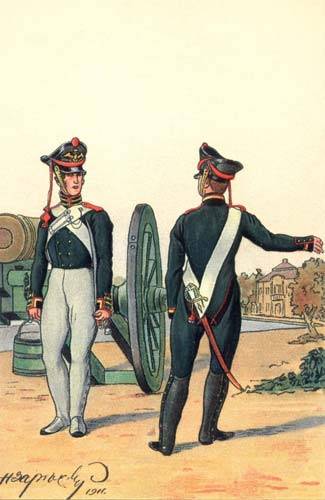
So Kutuzov was able, of course, to hold out on the Borodin field, putting a lot of his soldiers on it. But he could, without straining, put much more French soldiers, or even completely defeat Napoleon's army. After all, Bennigsen advised him to immediately strengthen the left flank. But "he is German," so his advice was "bad", so Kutuzov did not listen to him. He did not, but was then forced to act as he had told him about it before the battle. And what can I say - his stubbornness cost both the army and the country, but all our noteworthy patriots were all happy and rejoice at this "victory" to this day!
All information about the course of the Borodino battle is taken from the brochure of the Stalinist period: "The Battle of Borodino" (published in 1947 by the Military Publishing House of the Ministry of Defense, when it was impossible even to think about any "slander"). The author of the brochure, Colonel V.V. Pruntsov, stated everything in it very accurately, as if in an encyclopedia, because at that time the writing of books, and even more so these, as well as their editing, were taken extremely seriously. The editor of the publication was Major N.P. Mazunin, and the editor, Major G.A. Vorozhtsov. It is clear that Stalin's words, by the way, only one of his evaluative phrases, he cited in this work, and Bennigsen, as one would expect, scolded, but in all other respects this is an exceptional work in terms of the accuracy of the presentation of facts. The numbers, which, however, speak for themselves!
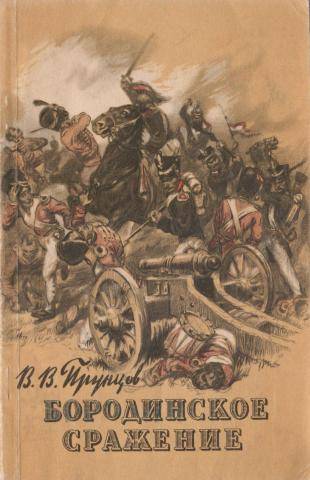
Drawings of artillery pieces were made by A. Sheps.
To be continued ...
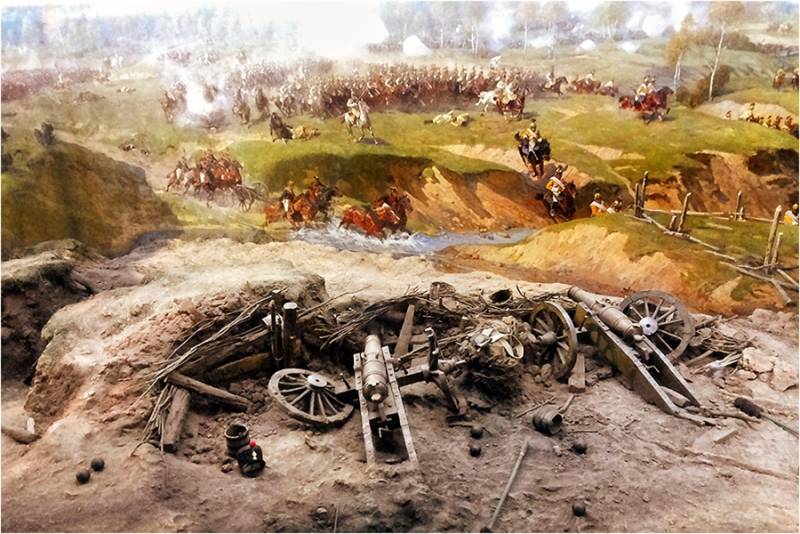
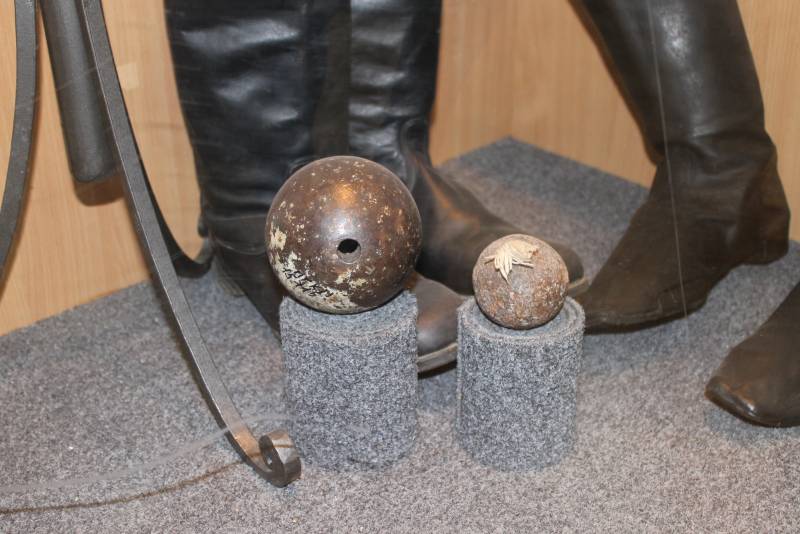
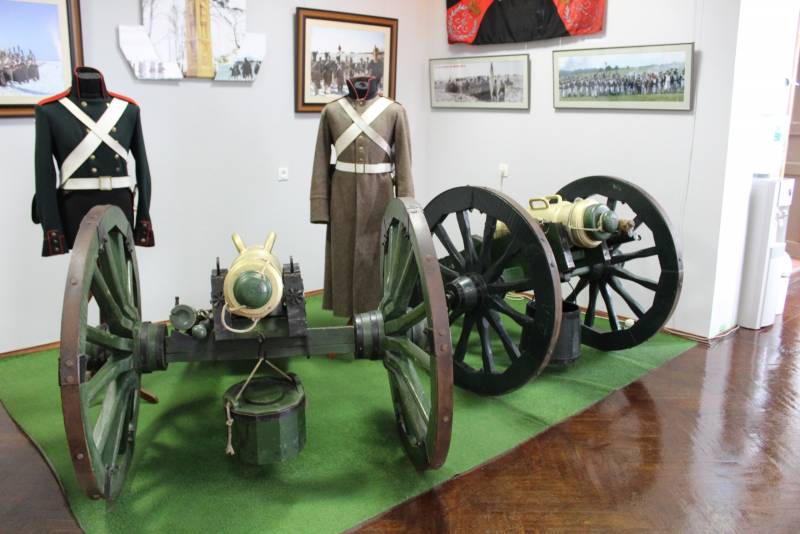
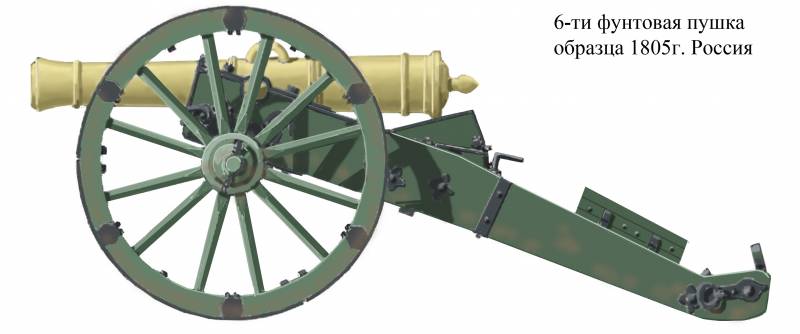
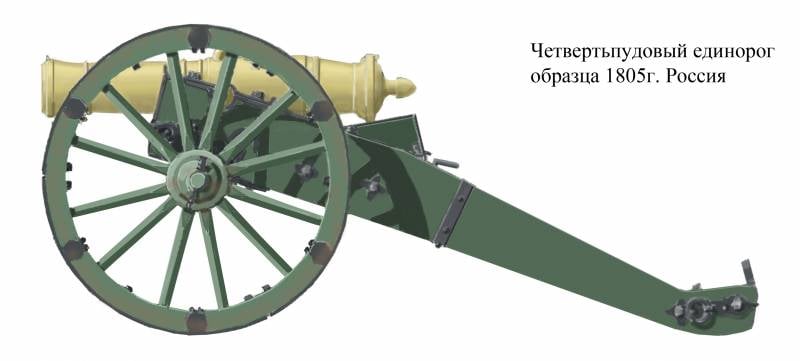
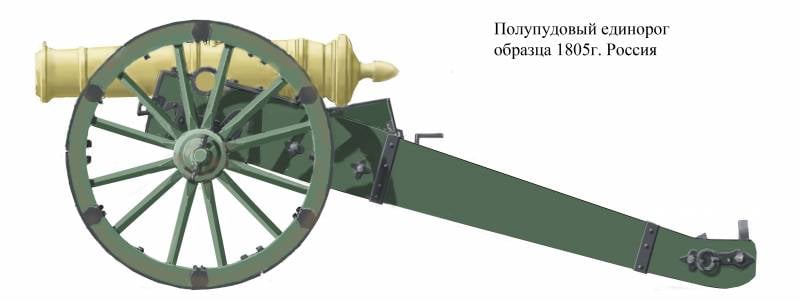
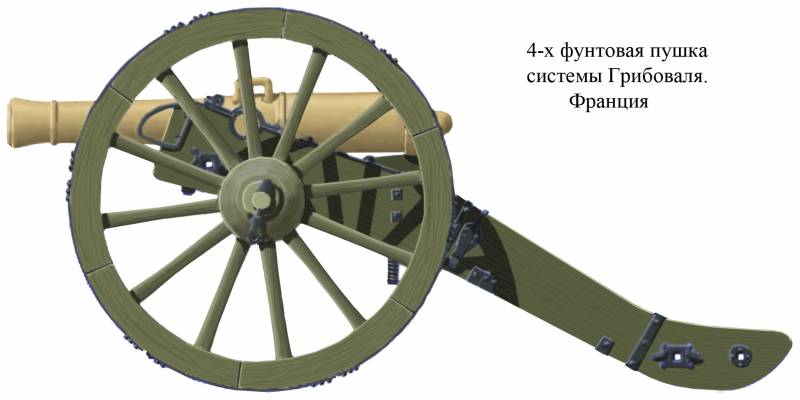
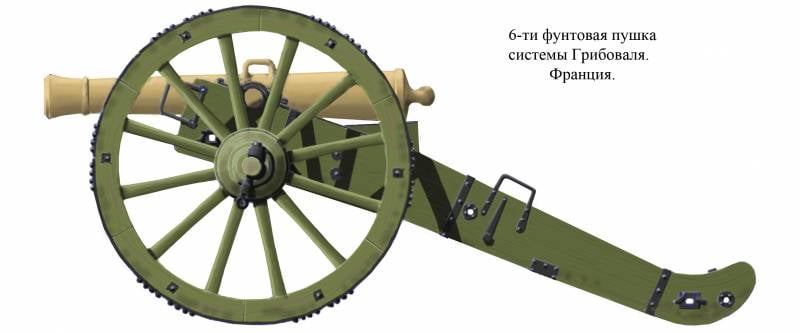
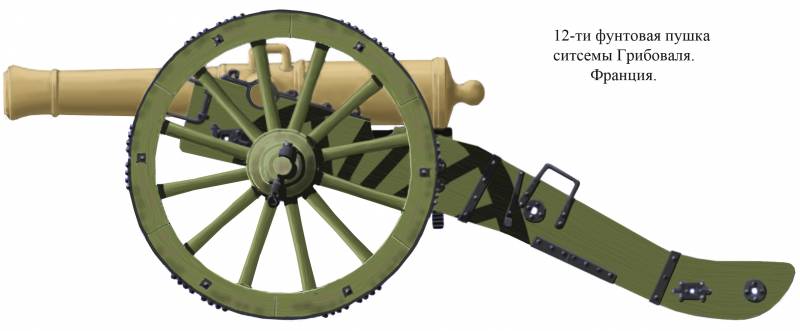
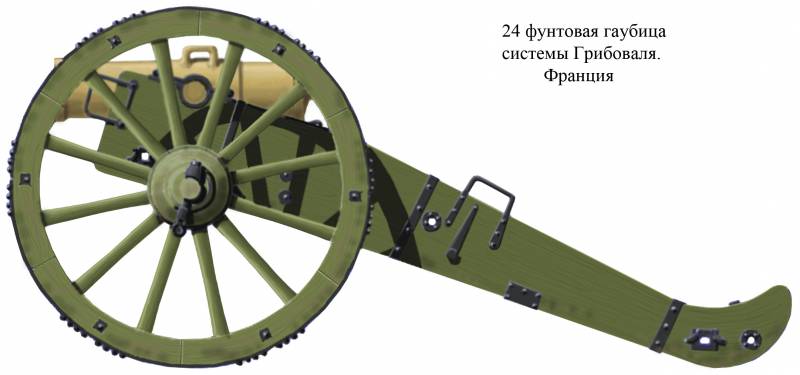
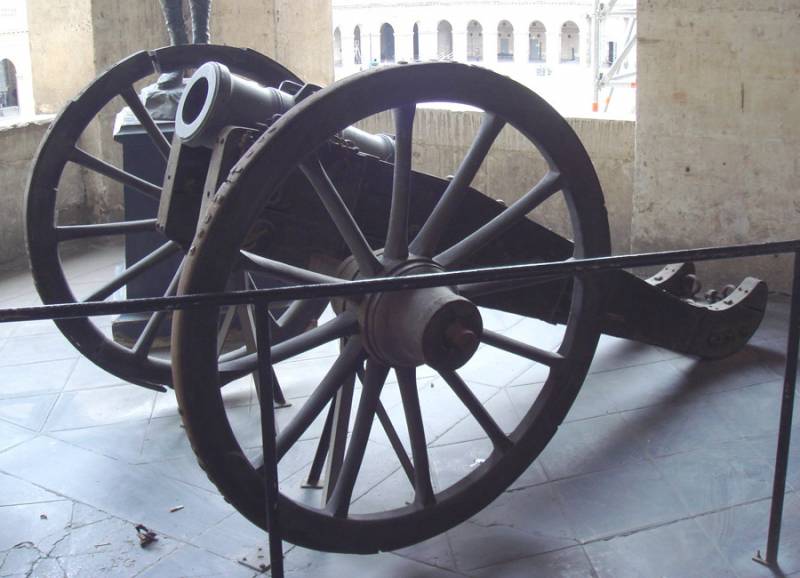
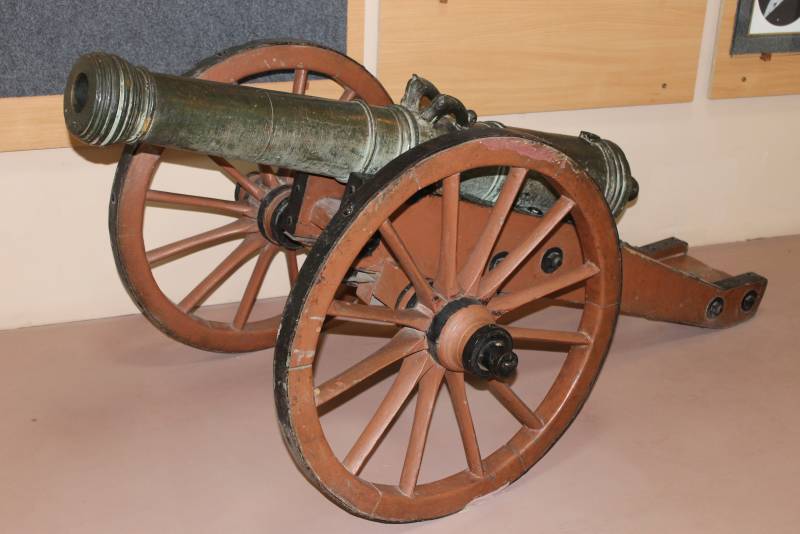
Information